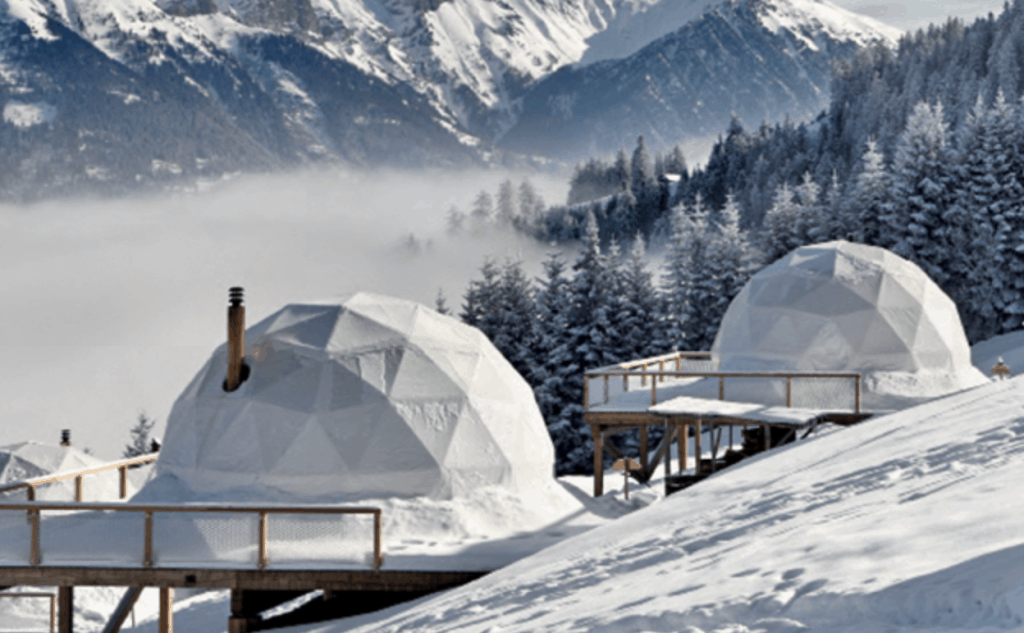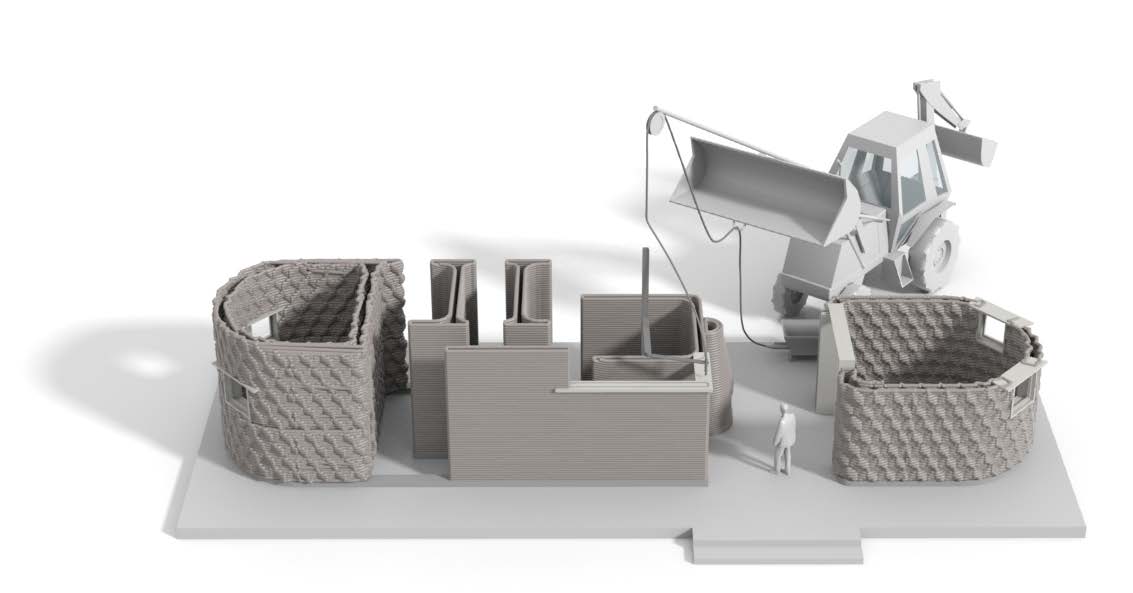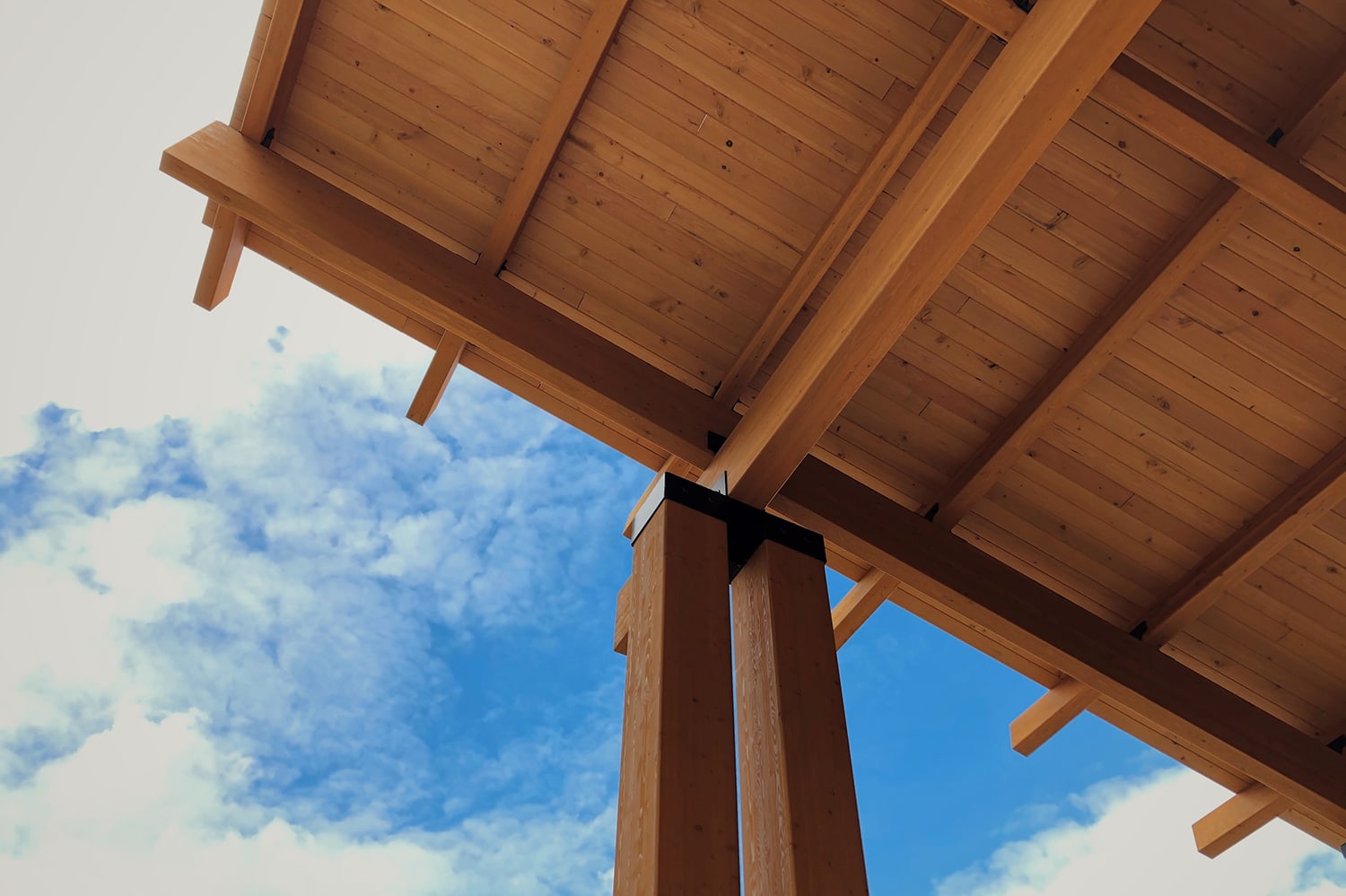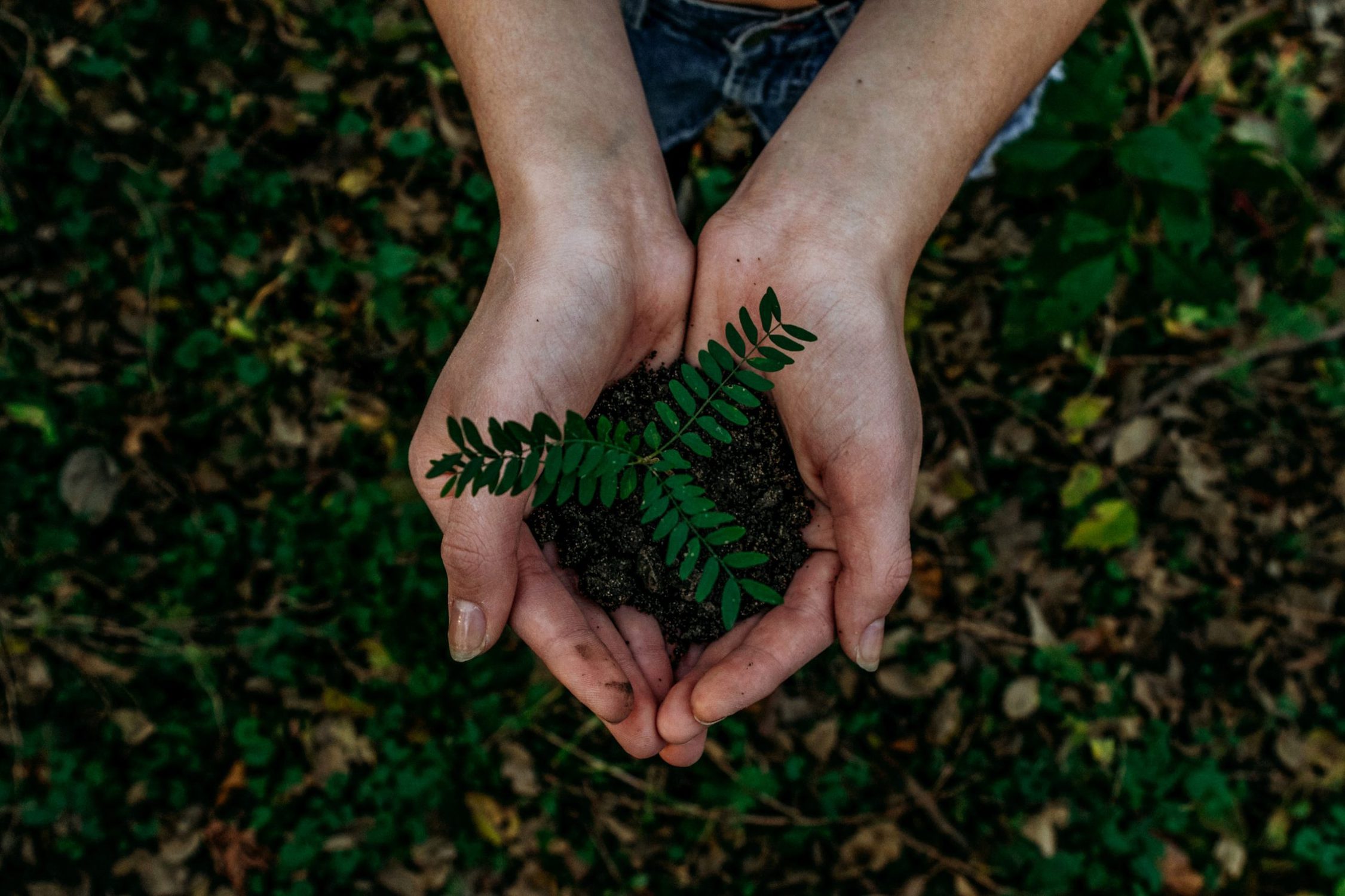To say that the hospitality and recreation industries have had to get scrappy, creative, and innovative in 2020 is an understatement.
Over the summer, hospitality moved outdoors: in cities, streets were closed off to accommodate “streateries”. Restaurateurs were able to hire back some of their teams, and consumers sick of eating their own cooking exulted in the ability to eat great food and not have to worry about the dishes.
On the lodging side, hoteliers set up camps on their lawns and charged a premium, which guests gladly paid. Alternative accommodation providers like Autocamp and Collective Retreats thrived. And Aman’s stunning new Camp Sarika was at over 80% occupancy at rates of $3000-$4000 per night. Suddenly, even the most die-hard urban dweller was extolling the virtues of the great outdoors and the #vanlife hashtag took off.
Sure, some of this can be seen as a reaction to the pandemic, and hospitality brands may well jettison these experiments post-COVID.
But there’s a great reason to consider alternative hospitality structures even beyond this pandemic: they offer guests a new range of experiences, create additional revenue opportunities, and allow for innovation and experimentation with less risk than more traditional approaches to expansion or development.
This is all good and well in the summer, or areas with mild climates, but what about winter?
That was the challenge we were given by several clients – all of whom are working in intemperate areas. While we can’t quite share the results, we’re happy to share some of our inspirations and thoughts.
Danielle Summe, Job Captain at BSA, discussed some of the considerations around designing for challenging climates and unconventional areas.
Timing
From our clients’ perspective, it’s important that buildings can be erected quickly. When sudden changes impact a business, a swift response is needed! Add snow to the mix, and timing becomes even more important. One obviously would have a hard time building IN the snow in the middle of winter. Timing is absolutely one of the biggest constraints in snow country.
Range of alternatives.
We’ve investigated a wide range of alternative structures. These include pods, tents (both utilitarian and more architectural), yurts and so many more. In particular, we looked at the kinds of structures that can be prefabricated in an effort to work with tight schedules.
For most of these structures, but in particular tensile structures, you have to factor in a wide range of considerations including wind and snow – which can be extremely heavy. We employ various software programs for preliminary modeling on whether these structures (tensile) can withstand the forces.
Remoteness
The relative remoteness of many of the locations we’re developing these structures for is another issue.
Remoteness factors into the consideration how to physically get materials out to the area you’re building on, and how to construct there.
A key consideration is how you provide utilities that typical buildings attach to. How do you handle power, heat, water, sewage? We’ve looked at a wide range of solutions created for alternative off-the-grid type construction including using solar panels, the use of local materials, plumbing issues, and terrain: in mountainous areas, the engineering of the foundations can be quite a consideration.
Innovating for extreme environments–while keeping design, brand, and customer experience in mind–is a challenge, but a worthy one for recreation hospitality to consider. It can be create new revenue opportunities and differentiation for owners and operators – and moments of delight for guests.





